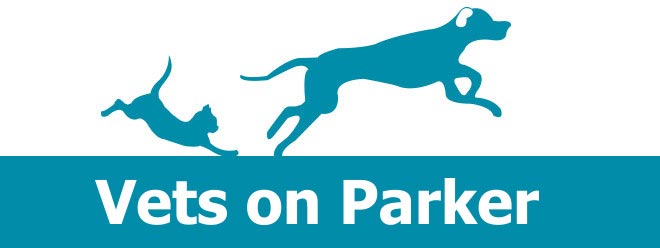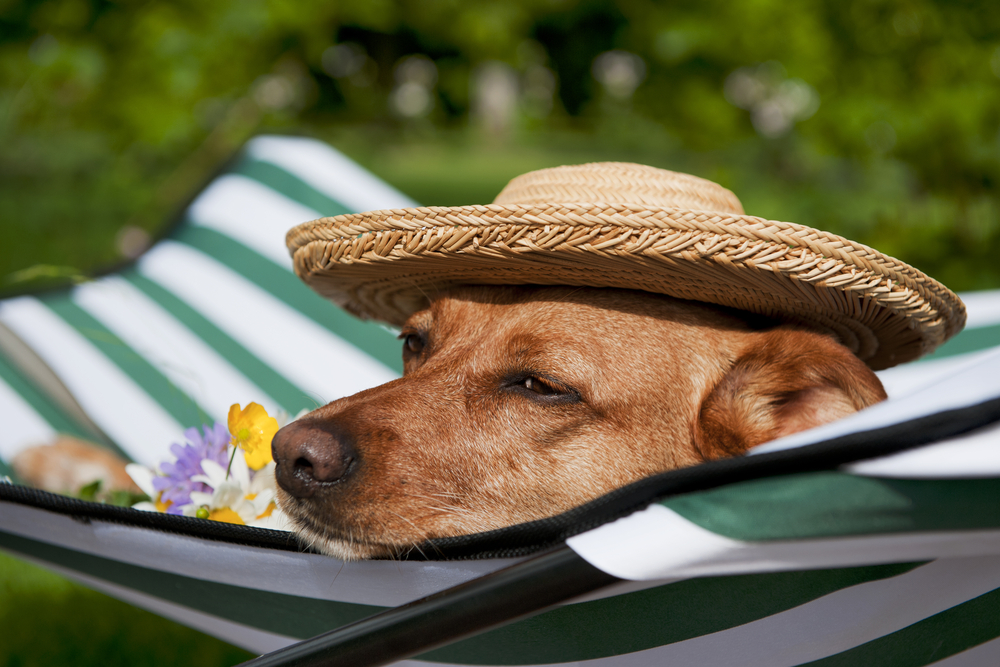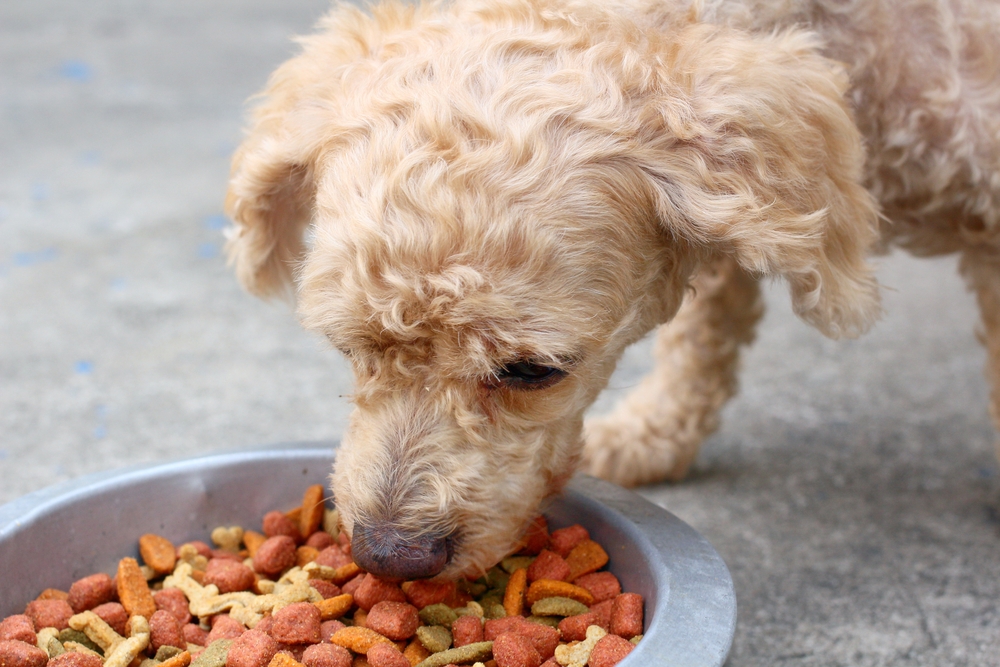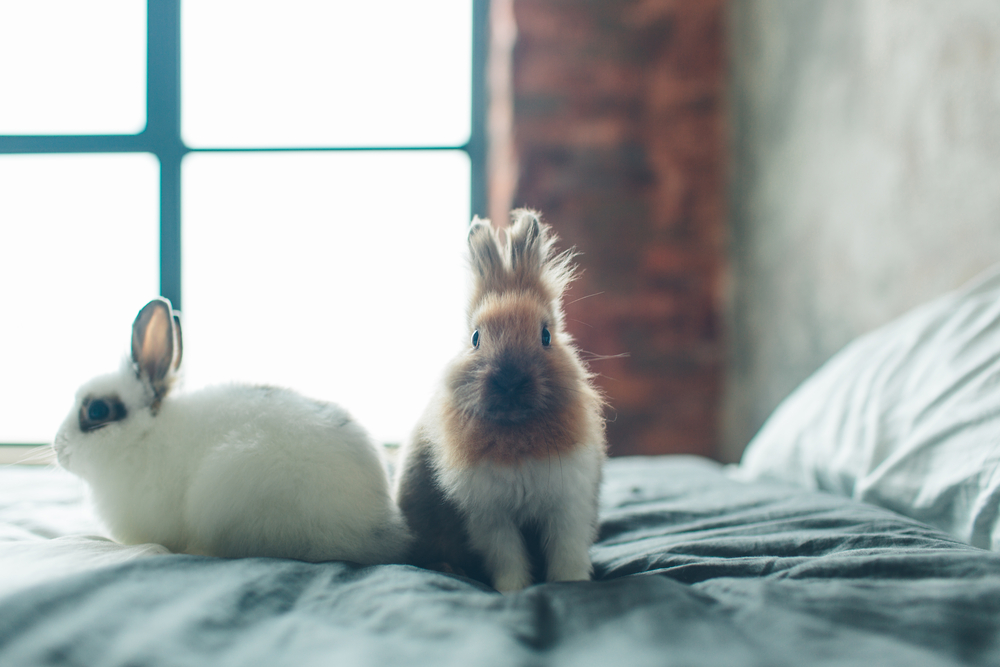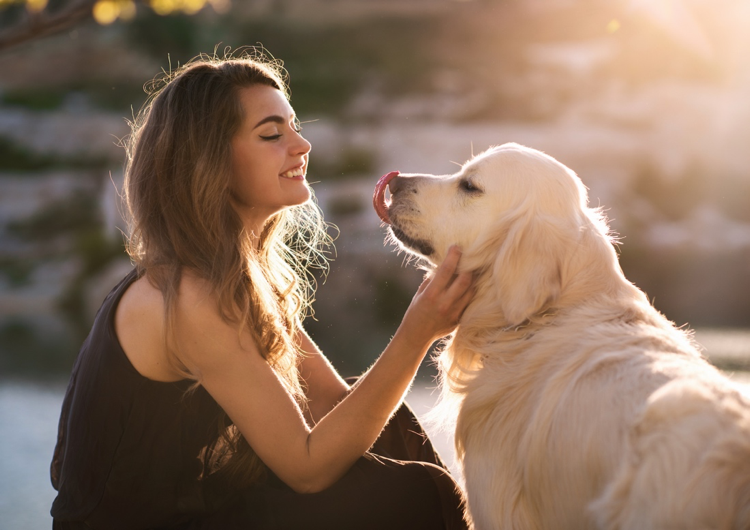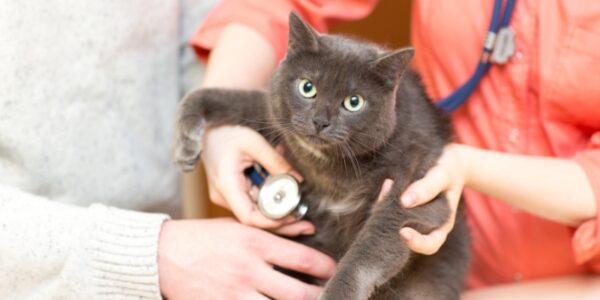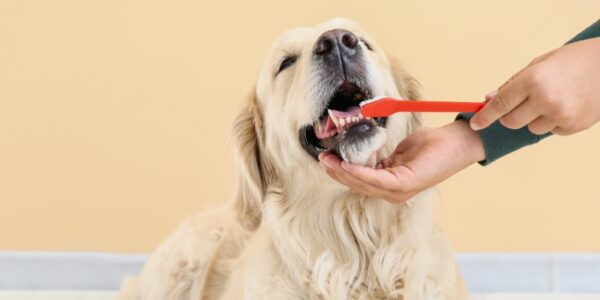During summer, most of our pet patients visit our Templestowe veterinary clinic because they have been overexposed to the harsh sun. In this blog, we are explaining the different health consequences that this exp...
Read More
Category: Kittens
-

-
 When it comes to deciding between wet or canned food for your pet, there are a number of pros and cons on each side. However, the vets at our Bulleen veterinary clinic usually recommend dry food over wet food for...
When it comes to deciding between wet or canned food for your pet, there are a number of pros and cons on each side. However, the vets at our Bulleen veterinary clinic usually recommend dry food over wet food for...
Read More -
 Winter is here! Here are some handy tips on preparing your pets for another chilly Melbourne winter: • Remember that even though your pet has a fur coat, they still feel the cold. • Ensure your pet has a...
Winter is here! Here are some handy tips on preparing your pets for another chilly Melbourne winter: • Remember that even though your pet has a fur coat, they still feel the cold. • Ensure your pet has a...
Read More -
 During the summer months, snakes are far more active than they are at other times of the year. Whilst you might think of snake habitat as being the country or the bush, they are just as prevalent in suburban and ...
During the summer months, snakes are far more active than they are at other times of the year. Whilst you might think of snake habitat as being the country or the bush, they are just as prevalent in suburban and ...
Read More -
 Everyone loves going away on a holiday. But as a pet owner, there are some extra arrangements you need to make to ensure your pet remains happy and healthy while you're away. There are lots of different options a...
Everyone loves going away on a holiday. But as a pet owner, there are some extra arrangements you need to make to ensure your pet remains happy and healthy while you're away. There are lots of different options a...
Read More
